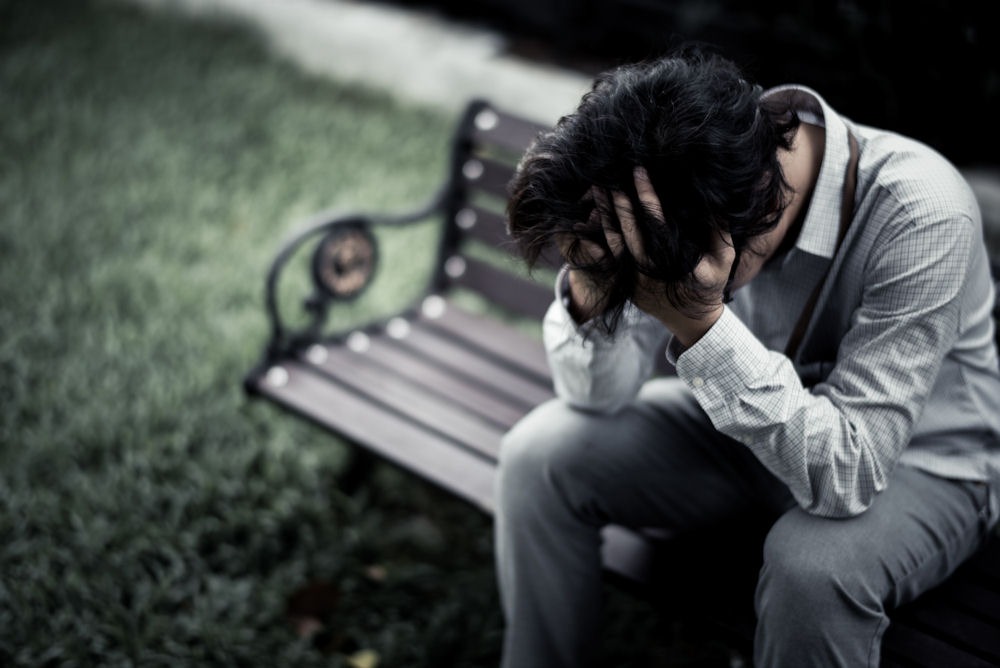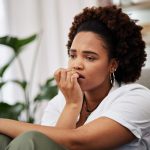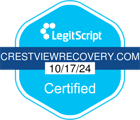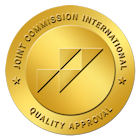A bad trip is a daunting experience; it is often seared in the memories of those who have ventured into altered states of consciousness. An individual experiencing a bad trip may face overwhelming feelings of anxiety, fear, or confusion. This journey can lead to dark thoughts and a distorted perception of reality. It's imperative to understand the nuance of bad trips; whether it be understanding their triggers and symptoms to discussing coping strategies and navigating the aftermath, it’s important to be aware.
What is a Bad Trip?
A bad trip refers to an intensely negative psychological experience that can occur during the use of hallucinogenic substances. These substances may include LSD, psilocybin mushrooms, or other psychedelics. Individuals experiencing a bad trip may encounter overwhelming feelings of fear, paranoia, anxiety, or confusion. These adverse reactions can be triggered by various factors. Some of these include the setting in which the substance is taken, the user's mental state, and even the presence of others. Symptoms of a bad trip can manifest as distressing hallucinations, a loss of control, or a feeling of disconnection from reality. It's important for users to be aware of the potential for such experiences and to take precautions if they choose to engage with these substances.
A bad trip, often associated with psychedelic substances such as LSD or psilocybin, can be triggered by a variety of factors. Psychological state plays a significant role; feelings of anxiety, stress, or unresolved trauma can intensify negative experiences during a trip. The surrounding environment, or "set and setting," also contributes. For example, a chaotic or unsettling atmosphere can provoke discomfort. Additionally, taking a higher dosage than intended or combining substances can lead to overwhelming sensations or paranoia.
Signs of a bad trip can vary among individuals but often include severe anxiety or panic, confusion, paranoia, and heightened emotional distress. Physical symptoms may manifest as nausea, dizziness, rapid heartbeat, or chills. Additionally, a person experiencing a bad trip might have difficulty distinguishing between reality and hallucinations; this leads to feelings of helplessness or impending doom. Recognising these signs early is crucial, as it allows for appropriate interventions to help ensure safety and support during the experience.
Experiencing a bad trip can elicit a range of emotional responses that vary in intensity and duration. Bad trips are often associated with the use of psychedelics. Many individuals may initially feel fear or panic; this can stem from an overwhelming sensory experience or the perception of losing control. This heightened anxiety might lead to feelings of paranoia or existential dread, as individuals struggle to process distorted realities.
Afterwards, sadness or despair may set in, accompanied by introspective thoughts that can lead to regret or self-doubt. In contrast, some individuals may also experience moments of clarity or revelation. This could provide a contrasting emotional outcome when reflecting on the experience. Recognizing these responses can help individuals process their trips and integrate the experiences into their broader understanding of self and consciousness.
Risk Factors of a Bad Trip
Several risk factors can contribute to a bad trip, particularly when using hallucinogenic substances. One major factor is mental health; individuals with a history of anxiety, depression, or other psychological conditions are more susceptible to negative experiences. The environment in which substances are consumed plays a crucial role as well; a chaotic or uncomfortable setting can amplify feelings of paranoia or distress.
Additionally, dosage can significantly influence the experience; taking too much can lead to overwhelming sensations or confusion. Lastly, the presence of supportive and trustworthy companions can have an impact. In contrast, isolation or being around unsupportive individuals can exacerbate feelings of fear and anxiety during the experience.
Coping During a Bad Trip

Coping during a bad trip is challenging. However, there are several strategies that can help ease discomfort and promote a sense of safety. First and foremost, finding a calm and comfortable environment is essential; familiar surroundings can provide comfort and reassurance. Engaging in deep breathing exercises or mindfulness techniques can also be beneficial, as they help to center your thoughts and reduce anxiety. If overwhelming emotions arise, reminding yourself that the experience is temporary and will eventually pass can help shift your perspective.
Are There Emotional and Environmental Factors That Cause Bad Trips?
Emotional and environmental factors can significantly contribute to negative experiences, often referred to as bad trips. Emotionally, feelings of anxiety, stress, or unresolved issues can intensify during such experiences, leading to overwhelming discomfort or fear. Similarly, the environment plays a crucial role; being in an unfamiliar, chaotic, or uncomfortable setting can trigger feelings of paranoia or unease. Factors such as inadequate support, lack of trust in those around, or even the presence of harsh lighting and loud sounds can exacerbate these feelings; this makes it challenging to navigate through the experience.
How Does the Aftermath of a Bad Trip Influence Dependence?
The aftermath of a bad trip can significantly influence drug dependency in various ways. Individuals who experience traumatic or distressing psychedelic experiences may develop a fear of the substance and consequently avoid it; in some cases this can lead to a decrease in usage. However, for others, the psychological effects may prompt an increased reliance on substances as a coping mechanism.
Some common illnesses that may solicit drug abuse include anxiety, depression, or trauma stemming from the experience. This can create a cycle where the individual uses drugs to self-medicate, potentially escalating their dependency. Additionally, the emotional scars left by a bad trip might deter individuals from seeking help. This only serves to isolate a person further and exacerbate their substance use problems. Understanding these dynamics is crucial in developing effective prevention and treatment strategies for drug dependency.
Preventing a Bad Trip
Preventing a bad trip, particularly in the context of hallucinogenic substances, can significantly hinge on the choice of abstinence. Individuals who refrain from drug use can avoid the unpredictable effects that can accompany such experiences, including anxiety, confusion, and paranoia. Instead, cultivating healthy coping mechanisms and engaging in activities that promote mental well-being can enhance resilience and provide a clearer mind. These coping mechanisms may include strategies such as mindfulness practices, exercise, and social connections. Emphasizing education about the risks of drug use and encouraging open dialogues around substances can empower individuals to make better choices; this ultimately leads to safer and more fulfilling experiences in life.
The Dangers of Chasing Highs
Chasing highs, whether through risky behaviors, substance use, or extreme experiences, can lead to a range of negative consequences. The consequences of such behavior outweigh the fleeting pleasure they may provide. Engaging in these activities often results in physical harm, emotional distress, and can encourage a cycle of addiction. In an addictive cycle, individuals seek increasingly intense experiences to achieve the same euphoric feeling. This relentless pursuit can also strain relationships, hamper personal and professional development, and lead to mental health issues. These mental health issues may include anxiety and depression, two mental illnesses that are already pervasive without the influence of substances. Recognizing the dangers of chasing highs is essential in living a balanced life, where fulfillment comes from healthy sources of happiness.
Drugs That Can Cause a Bad Trip
Certain substances are known to increase the risk of having a bad trip. Hallucinogens like LSD, psilocybin (magic mushrooms), and DMT can lead to overwhelming sensory experiences. They also lead to altered perceptions, potentially triggering negative emotional responses. Additionally, substances such as cannabis, especially in high doses or potent strains, can also result in paranoia and anxiety. This is particularly true for inexperienced users. Lastly, stimulants like cocaine or MDMA may cause dysphoria or panic when the active effects start to wear off.
How to Help Someone on a Bad Trip or High
When someone is experiencing a bad trip or is feeling overwhelmed from being high, it’s crucial to provide calm and supportive assistance. First, ensure the environment is safe and free from any potential hazards. Speak to the person in a soothing, reassuring tone, letting them know that they are not alone; they need to know that you are there to help. Encourage them to breathe deeply and focus on calming thoughts.
If the individual feels anxious, redirect their attention to something comforting, such as soft music or a familiar object. It can also be helpful to encourage hydration and offer light snacks if appropriate. Above all, be patient and non-judgmental, allowing them to express their feelings without escalating the situation. If symptoms persist or worsen, it is imperative to seek professional medical help.
Drug Treatment in Portland, OR
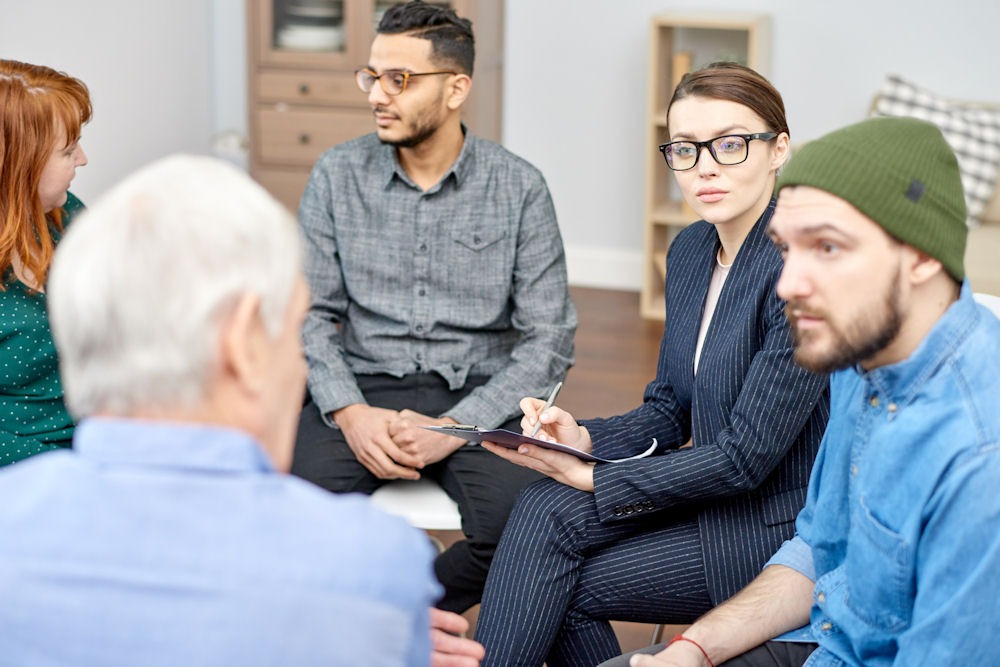
Bad trips are a pervasive issue as it relates to substance abuse. Oftentimes this can help individuals be more willing to seek help. Crestview Recovery in Portland, Oregon is here to help. If you or a loved one would like to find out more, you can contact us here.

